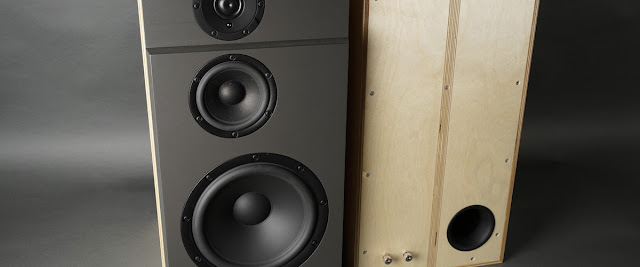Philips GA 212
I have had a Philips GA 212 on my short list for quite a while. If my Thorens TD 150 is the poor mans Linn Sondek LP12 then the Philips GA 212 must be the poor mans Thorens TD 150. I like it for the small footprint, the floating chassis, the optical auto off, the glowing touch buttons and the timeless design.
I got a lead on one the other day, not much info to go by and I had to act fast. I had no chance to inspect it before I had to buy it but it was cheap and the seller said it was in good condition. I really didn't know what to expect. When I finally got it in my hands I could hardly believe my eyes. It pretty much looked like a time capsule. Like just taken of the shelf. The dust cover was without a scratch (as can bee seen sitting on my work desk).
The dust cover had the kickstand that I thought came only on the 202. But the service manual came with an addendum where I could read that the transparent cover had been replaced with the new design (with friction hinges) from production week AH03-435.
This is the serial number of mine (is that production week 040?). It must be an early one so the kickstand is legit.
The power button seems to be a common problem on this model but mine was in perfect condition. Not a single scratch on the button or on the face plate.
A melting rubber belt seems to be another common problem but this belt was like new.
The whole turntable was actually in working condition. No broken lamps and they had the right voltage and wattage. It even came with the original Philips G400 cartridge. Stop, 45 and 33 rpm worked, auto stop worked. Like I said, just like a time capsule from the 70s.
I did not manage to get much information from the seller about the background of this turntable. Someone had done a quite good job on it. I nice soldering job on the power cord, a not so nice soldering job on the cables connected to the control board. Probably swapped the belt, some lamps and so on. Everything looked stock but the platter didn't spin the way I expected it to. Something seemed off so I took it apart. What I found was a spindle covered in grease. I cleaned it up with alcohol and lubricated it with mineral oil instead. Great but I made a horrible discovery when I was putting it back together again. Part number 80, the axle bearing on the bottom was missing. No wonder the platter had a funky spin!
So here I was with a 50 year old turntable in almost mint condition, only one part missing! I was contemplating my options while I was putting it back together. I had to flip it over while I was doing so and something made a faint noise, like a loose part rattling around somewhere. So I flipped it back over and rocket it back and forth. Guess what finally showed up? Part number 80! So I guess the one who been working on it lost part number 80 while lubing the spindle with grease. I am just happy he lost it into the plinth of the turntable. The platter is now spinning perfectly with all parts back together.
The next step was to do all electrical adjustments according to the service manual. The control board still had its stock electrolytes. I didn't even bother to start adjusting before I got them replaced. It is only two of them, C730 (47 uF 40V) and C734 (470 uF 25V). They are both axial and I had no axial with those values so I cut the leads close to the body and soldered a couple of new radials to the cutoff leads (it prevented me from having to de-solder and solder on the board, I will save the wear and tear to the day I got a nice set of NOS parts).
Note: I measured the values of the stock electrolytes that I replaced to 66.61 uF for C730 and 650.90 uF for C734 (I did not have an ESR meter) so I am quite happy that I replaced them.
I checked the supply voltage after the capacitor swap. It was- 8.87V and easily trimmed to exactly -9.00V with trimmer R472. Next up was the voltage across R404 (the LDR for the optical auto off). It was quite off but easily adjusted to 0.75V with trimmer R465. The next step is a bit trickier. Set the 33 and 45 rpm adjustment trimmers on the face plate (R468 and R470) to the middle position. You now have to flip the turntable to the normal position without the bottom lid in place. Put it on something so you can reach the trimmers R469 and R471 from underneath with the belt and platter mounted on top (I used four drinking glasses, upside down and one in each corner). Run it at 33 and 45 rpm and adjust to the correct speed with R469 (33 rpm) and R471(45 rpm). Check the auto off functionality and adjust sensitivity with trimmers R466 (33 rpm) or R467 (45 rpm) if needed.
Mine was perfectly adjusted from a mechanical point of view apart from the grease on the spindle and missing part number 80. It was now in perfect working order with those problems sorted.
This little turntable is now my new daily driver. I love the way it operates. It wold be nice if the arm was lifted after auto off but it is better than keep on spinning like on my Thorens TD 150. I am currently running it with the stock G400 cartridge but I cant wait to replace it with something more exotic.













